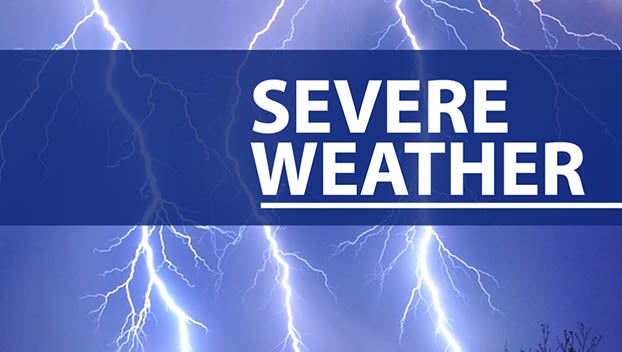Sales tax still on climb for the fiscal year
Published 9:20 pm Friday, September 27, 2019
Already off to a good start for the 2019-2020 fiscal year, Brookhaven’s sales tax diversions for August climbed even higher.
August’s $491,296.71 is up, both from July’s $482,965.74 and August 2018’s $470,511.64, and slightly above average for the previous six months. The year-to-date total of $974,262.45 is more than $50,000 higher than the previous year’s total of $922,940.99.
Statewide receipts of $36,829,451.94 were a little lower than July’s $38.1 million and just under August 2018’s $37.58 million. The state’s fiscal year-to-date total was $74,949,714.41, up a bit from 2018’s $74.88 million.
McComb and Cleveland are the two cities in Mississippi closest in residential population to the Home Seekers Paradise, slightly higher and slightly lower, respectively. McComb’s diversions for August were $452,377.01, down more than $20,000 from the previous month and down more than $54,000 from August last year. Cleveland brought in $324,408.67, more than $26,000 higher than July’s receipts and more than $29,000 higher than last year.
Thirty-three cities across the Magnolia State have larger populations than Brookhaven. Of these, 14 brought in lower tax receipts than Brookhaven — Canton, Clarksdale, Clinton, Gautier, Greenville, Greenwood, Grenada, Hernando, Long Beach, McComb, Moss Point, Natchez, Ocean Springs and Pascagoula.
The capital city of Jackson, with the largest population of any Mississippi city, brought in $2.194 million for August. Six other cities brought in receipts of $1.075 million to $1.835 million each. All but Ridgeland — the state’s 16th-largest city — rank third through seventh in population size in the state.
The town of Duncan and the city of Shaw, both Delta municipalities, brought in zero dollars each.
Sales tax data is provided by the Mississippi Department of Revenue. Sales tax has a three month cycle. In Month 1, tax is collected by the retailer. In Month 2, tax is reported and paid to the Department of Revenue by the retailer. In Month 3, diversion is paid by the Department of Revenue to the cities. This report is based on the month the tax is collected at the Department of Revenue (Month 2).





